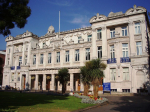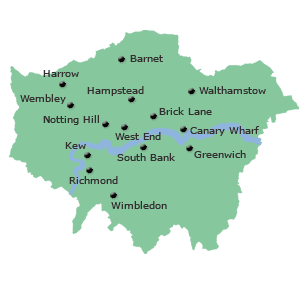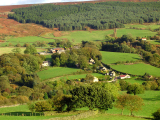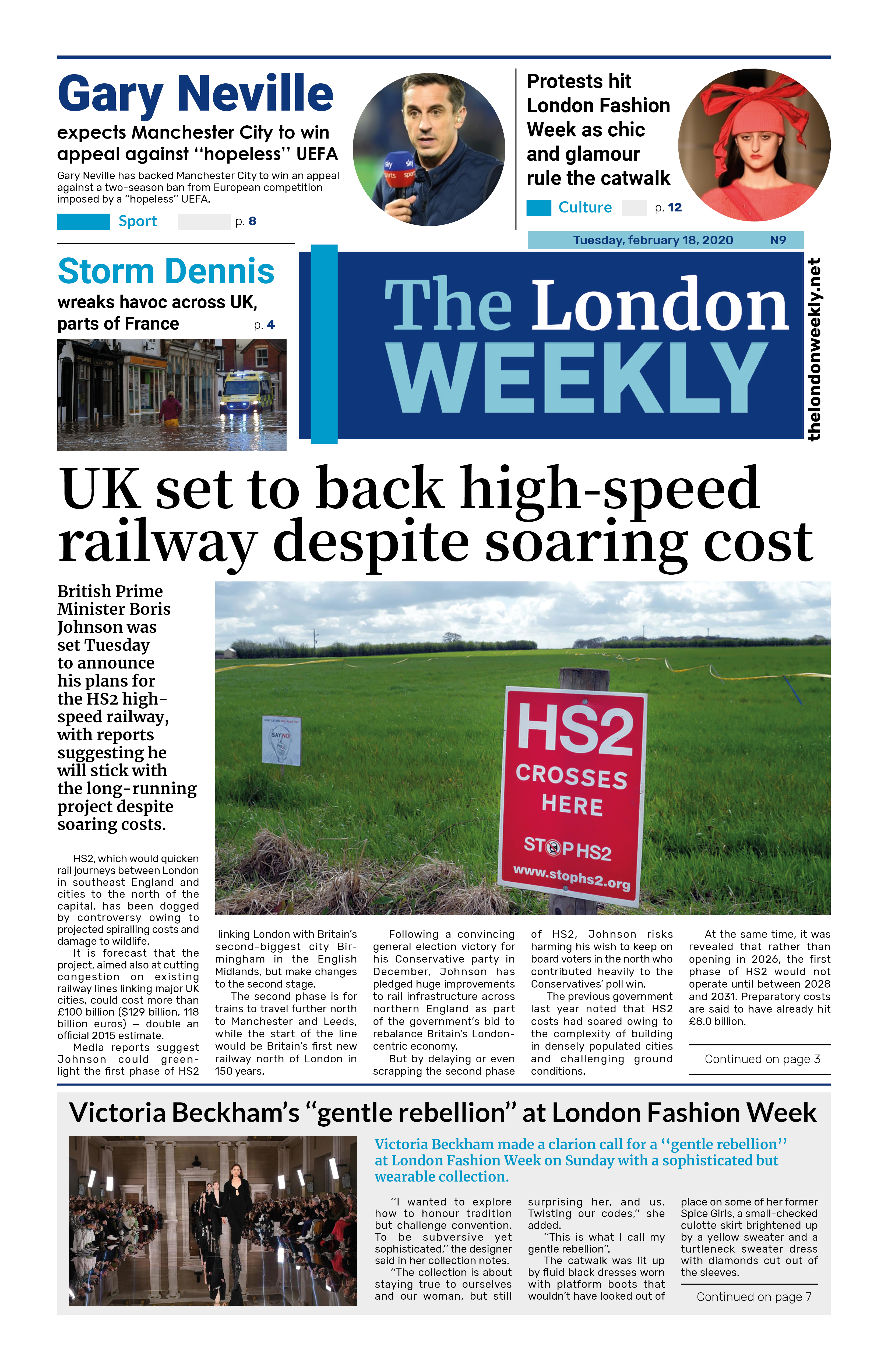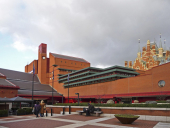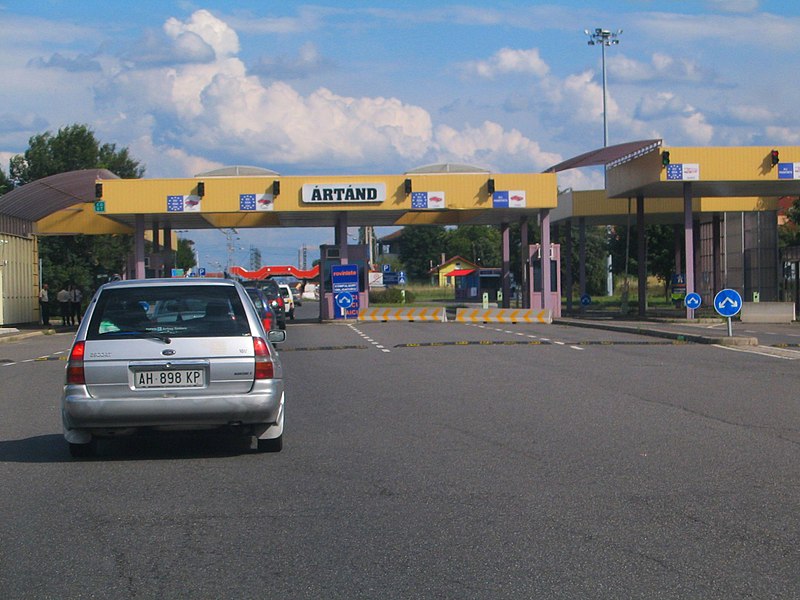
Romania and Bulgaria have officially become full members of the European Union's border-free Schengen area, marking a significant milestone by removing land border controls within the bloc.
The historic expansion took effect at midnight on Wednesday, celebrated with festivities at several border crossings between the two nations and their neighbors.
“Welcome to Schengen, Bulgaria and Romania!” the European Parliament announced in a post on X (formerly Twitter). “As of today, there will be no more checks when traveling across land borders between Bulgaria or Romania and any Schengen member country.”
At the stroke of midnight, the interior ministers of Bulgaria and Romania symbolically raised a barrier at the Danube Bridge, a critical transit point for international trade and a physical link between the two nations. The bridge, also known as the Friendship Bridge, was the site of a celebratory display, including fireworks near the Bulgarian border town of Ruse.
Romania and Bulgaria had already partially integrated into the Schengen area earlier this year, lifting controls on air and sea travel in March. However, negotiations regarding land border controls extended until recently.
The final hurdle to full Schengen membership was cleared last month when Austria dropped its veto. Austria had previously opposed the move, citing the need for more robust measures to address irregular migration.
The European Commission has lauded the enlargement of the Schengen area, describing it as a step that strengthens the European Union both internally and on the global stage.
With this expansion, the Schengen zone now includes 25 of the EU’s 27 member states, with only Cyprus and Ireland remaining outside the framework. The area also encompasses four non-EU countries: Switzerland, Norway, Iceland, and Liechtenstein.
The Schengen zone enables the free movement of more than 425 million EU citizens, along with non-EU residents and visitors, allowing them to travel, work, and live across member states without border checks or additional formalities. It is recognized as the largest free movement zone in the world.
While the Schengen system is a cornerstone of EU integration, it has also faced occasional challenges, particularly concerning security and migration. In September, for example, Germany temporarily reinstated controls at all its land borders as part of efforts to manage migration pressures.
Under Schengen rules, member states can temporarily reintroduce internal border controls if faced with a serious threat to public policy or internal security.
Despite such occasional frictions, the full inclusion of Romania and Bulgaria into the Schengen area represents a significant achievement for both nations and the EU as a whole, further enhancing the principles of unity and freedom of movement within Europe. Photo by lraul06 from Brasov / Cluj, Romania, Wikimedia commons.

















